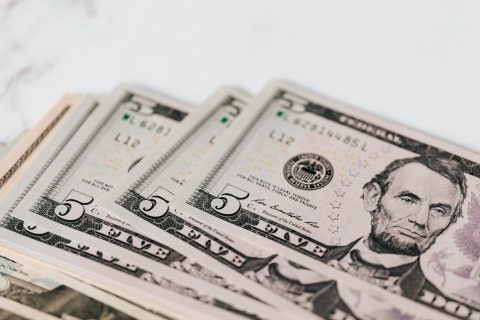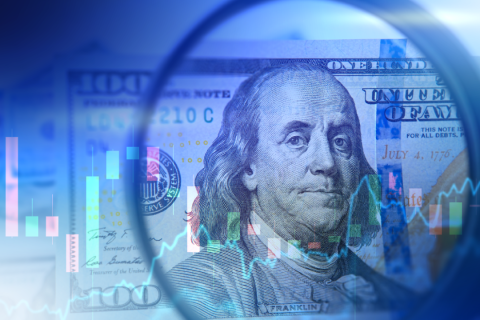Investing in preferred stock can provide a great way for to earn steady and predictable income. Preferred stock pays a preferred dividend, which are typically higher and perhaps even more importantly, are given priority to common dividends.
One of the main aims of businesses or corporations is to make money for their investors. Normally, investors own these corporations through stocks. Stocks can typically be categorized into two classes: common stock and preferred stock. Each class of stock has its rights, preferences, benefits, and limitations.
To understand what preferred dividends are, it’s crucial to understand the difference between common stock and preferred stock.
Common Stock
Common stock is a security that represents ownership in a corporation. The main benefit of common stock is its earning potential. An added benefit is that it also gives you a voice. Common stocks give you partial ownership in a company, so you have the right to vote in major corporate decisions.
Common stock dividends have the potential to be lucrative, but can fluctuate greatly. A company is not legally obligated to pay common dividends, even if it is making significant profits. Instead, they may choose to reinvest the profits to boost its growth.
Common stock dividends can rise dramatically resulting in huge earnings at no fixed rates. In other words, common dividends can multiply a hundredfold and don’t have to be paid based on a predetermined fixed rate. The downside of common stock dividends is that you will have lowest priority when it comes to receiving a payout, particularly if the company fails.
Preferred Stock
Unlike common stock, preferred stock ownership does not give you voting rights in company decisions. However, they do offer preferred dividends that must be paid out at a predetermined fixed rate as long as the company declares dividends.
In many ways, preferred stocks are like bonds in the sense that they pay fixed rates of dividends. Hence, you’ll have guaranteed dividends as long as the company issues dividends. Preferred stocks offer preferential treatment over when the dividend is paid. So, they can be a good choice for cautious investors looking for a fairly predictable stream of fixed and steady stock income.
However, preferred stocks can have a downside. In addition to the lack of voting rights, a major downside of preferred stock is that their dividends are paid at a predetermined fixed rate that will not increase significantly. This holds true even if the company becomes increasingly profitable.
Preferred Dividends
In simplest terms, preferred dividends are profits that are paid to investors who hold preferred stock. Whether quarterly, semi-annually or annually, these are guaranteed payments and must be paid to preferred shareholders at a predetermined rate.
If for any reason, the company doesn’t declare payments, preferred dividends will be put into arrears and will be paid at a future date. Again, they must be paid in full before the common dividend is paid.
It’s also important to note that they are based on a percentage of the par value. Par value means face value or stated value. For example, if you buy a preferred stock with a par value of $100 at a percentage of 8% preferred dividends, you will get $8/share every year (8% x $100 = $8).
It doesn’t matter whether the stock prices have risen from $100 to $200; your dividends will be paid using the initial stock value (par value), which is $100.
Cumulative vs. Non-cumulative
In most cases, it’s more beneficial to own cumulative preferred stock over non-cumulative preferred stocks. Cumulative preferred stocks guarantee to pay dividends at the predetermined fixed rate, even if you are not paid per the initial schedule. As a result, you will likely receive future lump sum payments if you do not receive your periodic dividend payments for the current period.
With non-cumulative preferred dividends, the company is not obligated to pay you in the future if it doesn’t issue dividends. For instance, if the company decides not to pay dividends and instead use the profits to reinvest in equipment, they are not obligated to pay you at a later date if you own non-cumulative preferred stock.
How to Calculate Preferred Dividends
Let’s walk through an example of preferred dividends. We will assume that Michael owns 200 shares of cumulative preferred stock. The par value of the stock when he bought it was $100 and the predetermined dividend rate was 8%.
The company will pay Michael 8% (predetermined dividend rate) x $100 (par value) x 200 (shares) = $1600. If the company didn’t pay Michael in the last two years for whatever reason, he’ll stand a chance of earning cumulative preferred dividends of $1,600 (annual dividends) x 2 (number of years) = $3,200.
Summary
Owning preferred stock, which comes with preferred dividends, is a great way to earn reliable income and can certainly boost the overall performance of your portfolio.
Learn more about how you can use our tools to track your dividend stock portfolio and screen positions.




